Results
-
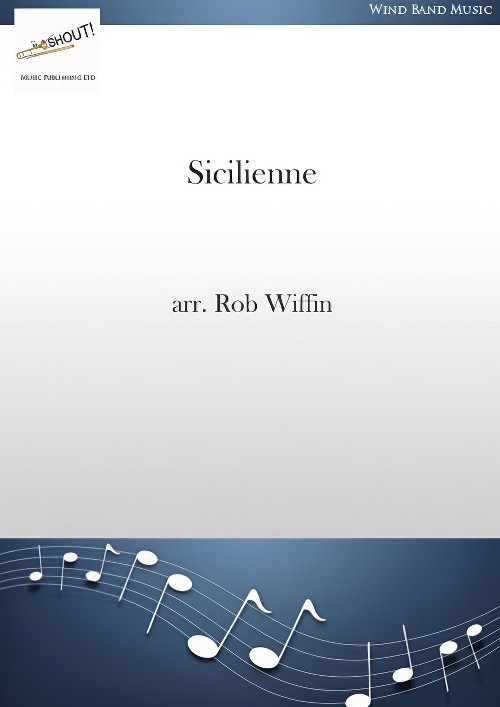 £33.95
£33.95Sicilienne (Concert Band - Score and Parts) - Wiffin, Rob
Rob Wiffin heard this played by the young cellist Sheku Kanneh-Mason as part of his short recital at the wedding of Meghan Markle and Prince Harry in May 2018. He was immediately struck by the simple charm of the music and decided to arrange it for band. In doing so he thought it best to just touch it gently rather than over-arrange it. Apart from changes of colour and a little bit of counter-melody the tuneful elegance of the music appears just as in the original solo for violin or ?€cello. The music is attributed to the Austrian composer and musician Maria Theresia von Paradis (May 15, 1759 ?€" February 1, 1824) but, according to Grove Music, this is false and it was possibly composed by violinist Samuel Dushkin (1891-1976), based on Weber's Romanze from his Violin Sonata Op.10, No.1. Whoever it may have been composed by, it is a highly attractive piece.Duration: 2.5
Estimated dispatch 7-14 working days
-
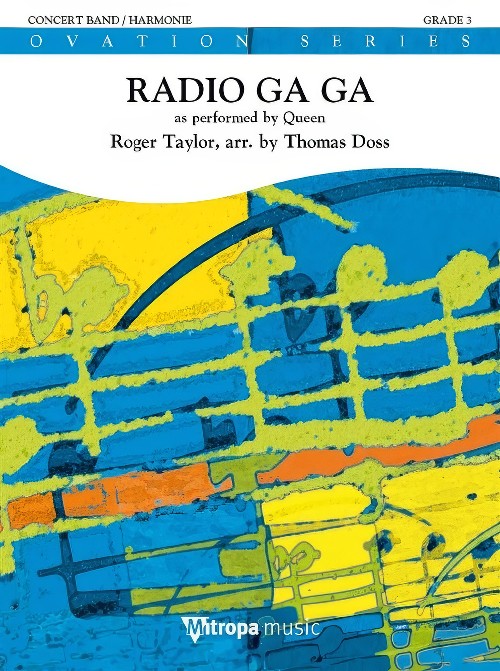 £84.99
£84.99Radio Ga Ga (Concert Band - Score and Parts) - Taylor, Roger - Doss, Thomas
This 1983 hit performed by Queen became a huge success not only because of the universal meaning of the lyrics, but also because of the iconic official video. The Austrian composer and arranger Thomas Doss, also a big fan of Queen's music, made this refreshing grade 3 arrangement. This title will certainly spice up your concert! Duration: 4.30
Estimated dispatch 7-14 working days
-
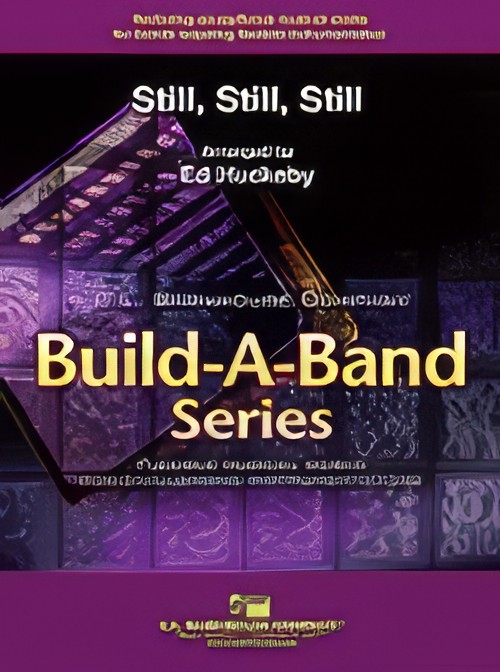 £65.00
£65.00Still, Still, Still (Flexible Ensemble - Score and Parts) - Huckeby, Ed
The famous Austrian holiday folk carol is set in a unique and inviting style and adapted for use by bands with unique instrumentation. Subtle melodic lines in this holiday lullaby, paint a calm and serene musical portrait with all the delightful images of the holiday season. Includes parts for optional vocal solo, duet or choir. This wonderful arrangement is destined to become a standard in the holiday band repertoire.Duration: 3.30
Estimated dispatch 7-14 working days
-
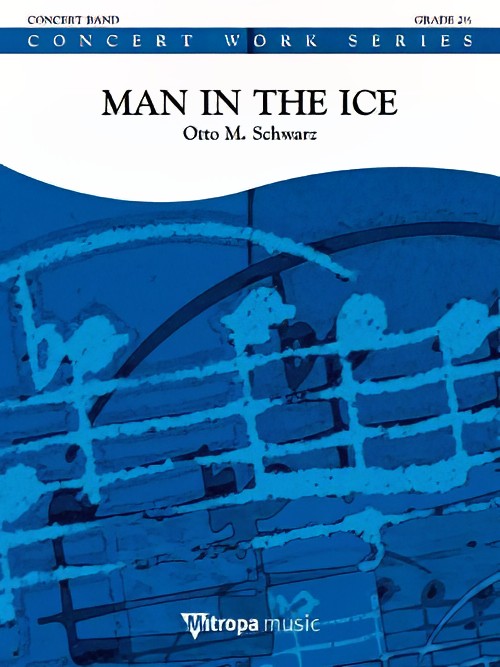 £104.99
£104.99Man in the Ice (Concert Band - Score and Parts) - Schwarz, Otto M.
This programmatic piece of music is one of the best-selling works from Otto M. Schwarz. There was a very high demand for a lower grade version to enable young and small bands to perform this epic piece. On September 19th, 1991, a mummified corpse of a man was found at the Similaun glacier in the ?tzt?ler Alps. The glacier unveiled an early man after 5300 years, with all of his personal belongings. His clothes and weapons were fairly well preserved and provide us today with a deeper insight into that period. Austrian nature filmmaker Kurt M?ndel reconstructed the life of this man and made a film, which Otto M. Schwarz used as an opportunity to write a work for symphonic wind band and musically resurrect the "Man in the Ice- ?tzi".
Estimated dispatch 7-14 working days
-
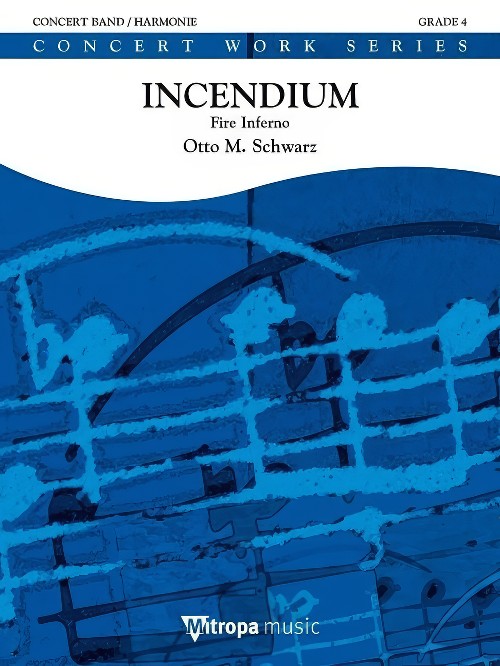 £139.99
£139.99Incendium (Concert Band - Score and Parts) - Schwarz, Otto M.
On 11 March 1879 in the Austrian town of Neumarkt am Wallersee a huge fire broke out in a brewery, setting fire to at least 60 other houses within one hour. Due to poor equipment and a lack of water, nearly the entire city was burned to the ground. Only the church was spared. This epic piece musically depicts the events in a programmatic way starting from the inauspicious moments shortly before the disaster, throughout the fire, and the final reconstruction of the town with the help of the strong spirit and unity of the Salzburg community. An impressive work suitable for contests and promises to have a great impact on your audience.Duration: 7:45
Estimated dispatch 7-14 working days
-
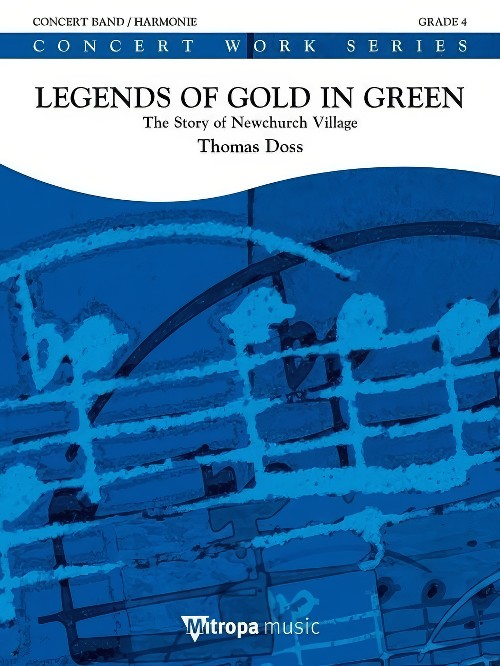 £144.99
£144.99Legends of Gold in Green (Concert Band - Score and Parts) - Doss, Thomas
This is the tale of the small Upper Austrian village of Neukirchen/Lambach. The beautiful landscape around the village is as green and golden as the linden leaf cross on the village coat of arms. For almost 1000 years, this community and its hardworking folk are known for being creative, ambitious and joyful. Above all, music plays an important role in their every day life.Duration: 11:45
Estimated dispatch 7-14 working days
-
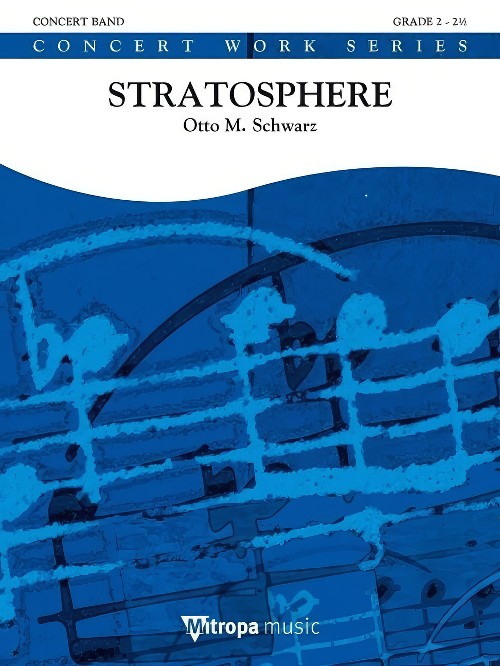 £94.99
£94.99Stratosphere (Concert Band - Score and Parts) - Schwarz, Otto M.
What do the American Joseph Kittinger and the Austrian Felix Baumgartner have in common? They both jumped from over 30km high with a parachute. While Kittinger's attempt on 16 August 1960 was from a height of 'only' 31,333 meters, Felix Baumgartner broke this record on 14 October 2012 with a breath-taking 38,969 meters. This composition Stratosphere describes the adventure, from climbing into the capsule with help of a balloon, to the short pause in the stratosphere, and the jump, the turbulence during the free-fall descent, and finally the opening of the parachute and the safe landing.Duration: 6:00
Estimated dispatch 7-14 working days
-
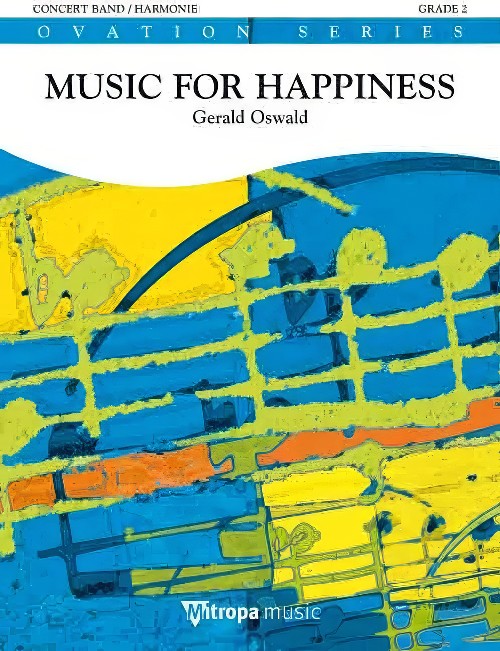 £76.99
£76.99Music for Happiness (Concert Band - Score and Parts) - Oswald, Gerald
As the title suggests, the Austrian composer Gerald Oswald's work Music for Happiness aims above all to convey a message: the great joy in making music together. Music making is joyful and relaxing, and brings a carefree, liberating freedom into the lives of listeners and musicians alike. It conjures a smile on our lips and inspires us to perform in our daily lives with gusto and spirit.Duration: 4:30
Estimated dispatch 7-14 working days
-
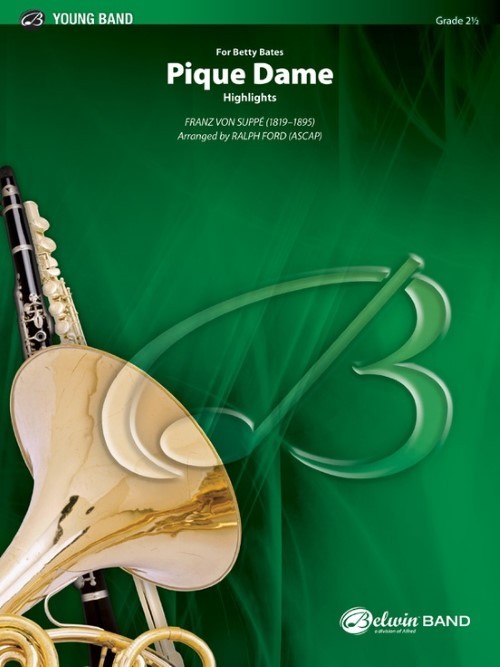 £58.50
£58.50Pique Dame, Highlights (Concert Band - Score and Parts) - Suppe, Franz Von - Ford, Ralph
Perfect as a concert opener, closer, or show piece, "Pique Dame," by the romantic Austrian composer Franz von Suppe is now available, for the first time, in a form accessible for young musicians. A wonderful variety of styles and flavours will make this a must-have for your developing band!Duration: 2:00
Estimated dispatch 7-14 working days
-
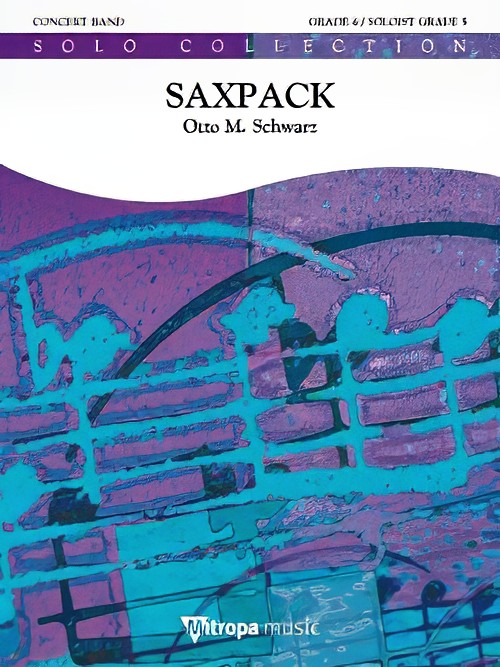 £139.99
£139.99Saxpack (Alto Saxophone Solo with Concert Band - Score and Parts) - Schwarz, Otto M.
Saxpack was commissioned for the centenary of the Vienna Police Orchestra whose members include one of the most prolific Austrian saxophonists, Gert Kolaja. The work is composed in a very modern style, incorporating many contemporary saxophone techniques. This is definitely a piece that saxophonists, band, and listeners will enjoy.Duration: 8.00
Estimated dispatch 7-14 working days
